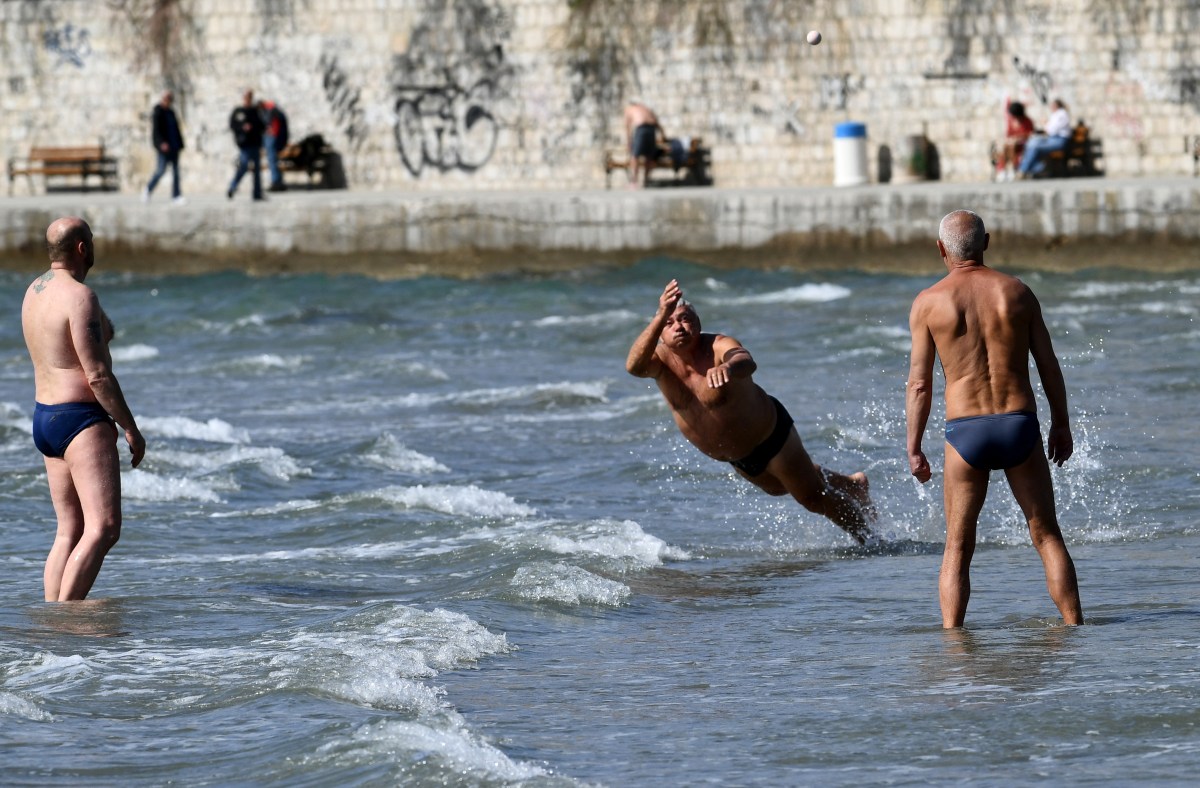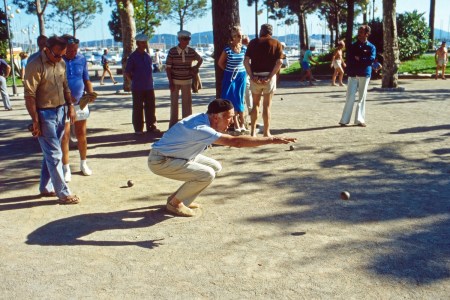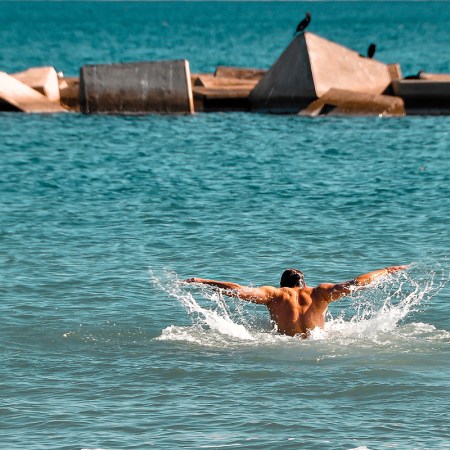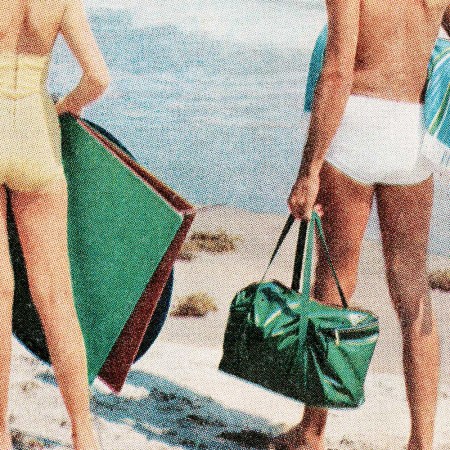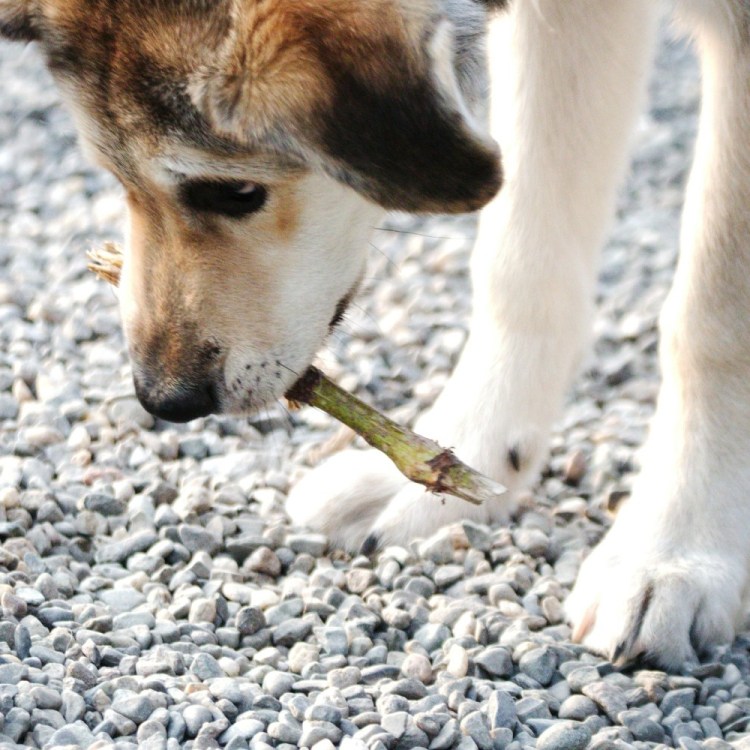Once in a while, we stumble upon some activity, in some corner of the world, that effortlessly fills out every box on the longevity-living checklist.
Today’s is picigin, a summer game, played in Split, Croatia. It was invented there on Bačvice Beach, in the early 20th century, after some kids returning from study abroad in Prague found their hometown waters too shallow to accommodate their new love of water polo.
They invented picigin instead, which involves standing in a circle of four to five people and keeping a small rubber ball in the air. There are no rules, no winners, no losers. The objective is simply to keep the ball from splashing into the Adriatic shoals, for as long as humanly possible.
7 Global Games to Play With Friends This Summer
Bring a touch of Marseille to your next park day with one of these classic pastimesHow to Play It
Over a century later, picigin remains a mainstay on the Dalmatian coastline; players of all ages (many of them older!) arrange themselves in pentagrams to slap around a white rubber ball.
There’s no hard and fast way to play the game, but in some instances, a group will nominate two sidruni (“anchors”), who stay in the same place and try to keep passes reasonably controlled, and three trkači (“runners”), who are tasked with making increasingly spectacular saves in the surf.
Why We Love It
The significance of this game isn’t lost on locals; it’s protected by law with heritage designations. Croatians like to interview their grandfathers about it. Some seem to bristle at all this attention (it isn’t uncommon for tourists to record the game while in town), as they just want to get out there and play. Others, however, have uploaded instructions online regarding how to make a picigin ball (balun) of your own.
To that end: cut the felt off a tennis ball, rub the ball against a wall to get rid of the glue residue, then trim it down with rough sanding paper. Finish with smooth sanding paper until you’ve “decrease[d] the rubber thickness in half.” According to one Croatian with an Italian friend in Split: “There are many things he did in his life which can make him a genuine Splićanin, but very few of those things can measure with a fact that he has his own picigin ball.”
A Lifetime of Play
A game like picigin is the sort of detail that always seems to crop up in essays on life expectancy. Think: a mix of healthy movement and autotelic activity. It’s low-stakes fun, it’s easy to learn, it involves a big group. This is the same sort of story we’re seeing with today’s pickleball revolution, except for the fact that picigin also carries a rich local and cultural tapestry, making it all the more potent. (Plus, it involves getting in the water on a hot day.) Kids grow up seeing adults playing, it makes them want to play, and so on and so forth.
You can play picigin at any beach with six-inch shallows and a sandy bottom. We certainly intend to do so before the summer’s out — and hopefully spark a side hustle of diving catches for years and years to come.
The Charge will help you move better, think clearer and stay in the game longer. Subscribe to our wellness newsletter today.
